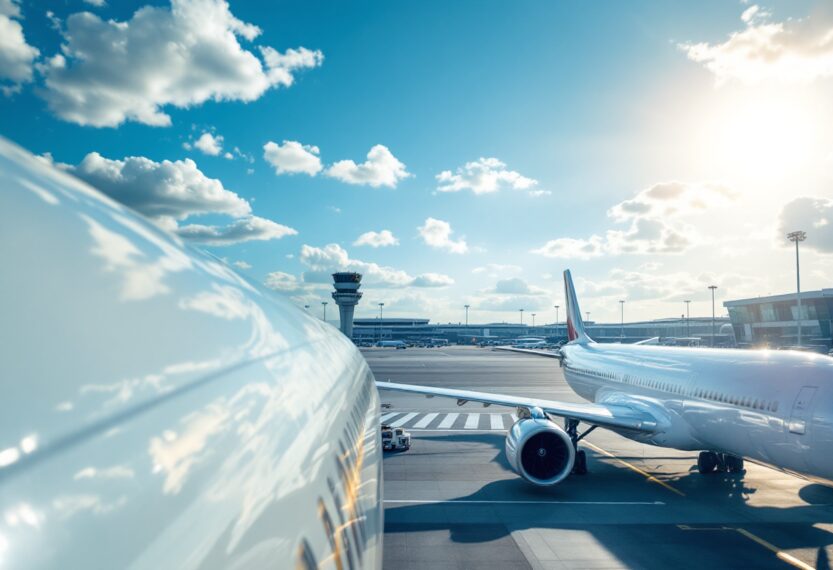In recent years, the aviation industry has faced unprecedented challenges, with security threats evolving at an alarming rate. The incidents involving incendiary devices at DHL logistics hubs in Europe serve as a stark reminder of the vulnerabilities that exist within air travel. These events, attributed to organized sabotage, highlight the urgent need for enhanced security measures and a comprehensive understanding of the modern threat landscape.
Understanding the nature of contemporary threats
The aviation sector has long been regarded as one of the safest modes of transportation. However, the emergence of sophisticated threats, including cyberattacks and physical sabotage, has raised concerns among industry experts and regulators alike. The use of incendiary devices, as seen in the DHL incidents, underscores the potential for catastrophic outcomes if such threats are not adequately addressed. Investigators suspect that these attacks were orchestrated by state-sponsored actors, further complicating the security landscape.
The role of technology in aviation security
As threats evolve, so too must the technology employed to combat them. The integration of advanced cybersecurity measures is essential to safeguarding aviation systems from malicious attacks. Experts emphasize the importance of adopting a proactive approach to security, which includes regular assessments of vulnerabilities and the implementation of cutting-edge technologies. For instance, the use of artificial intelligence and machine learning can enhance threat detection capabilities, allowing for quicker responses to potential breaches.
International cooperation and regulatory frameworks
Addressing the complexities of aviation security requires a collaborative effort among nations. International organizations, such as the International Civil Aviation Organization (ICAO), play a crucial role in establishing guidelines and best practices for member states. Strengthening regulatory frameworks and fostering information sharing between countries can significantly enhance the global response to aviation threats. Additionally, ongoing training and education for aviation personnel are vital to ensure preparedness in the face of emerging challenges.
Conclusion: A call to action for the aviation industry
The aviation industry stands at a crossroads, facing a myriad of security challenges that demand immediate attention. As threats continue to evolve, stakeholders must prioritize the implementation of robust security measures and foster a culture of vigilance. By embracing innovation and collaboration, the aviation sector can navigate the complexities of modern threats and ensure the safety of air travel for all.



